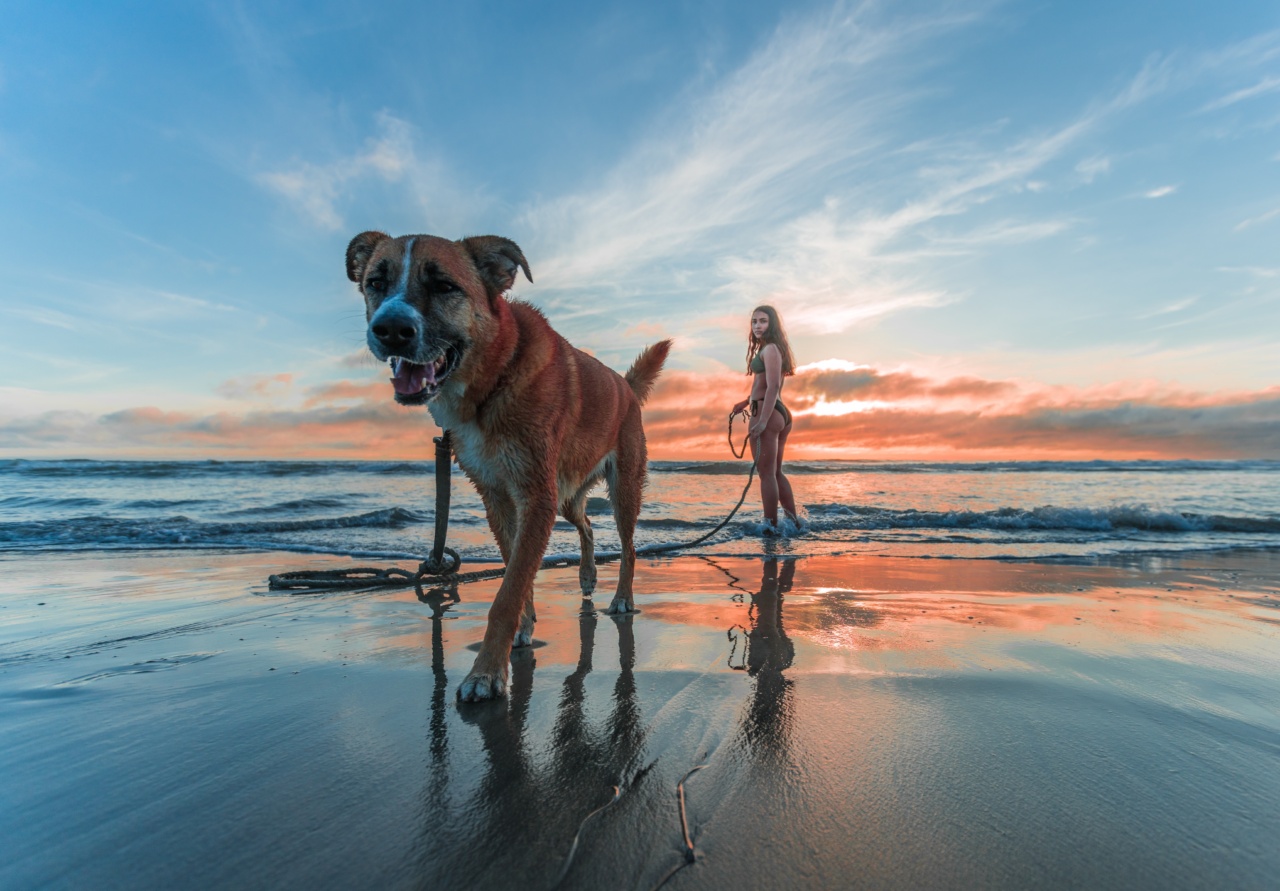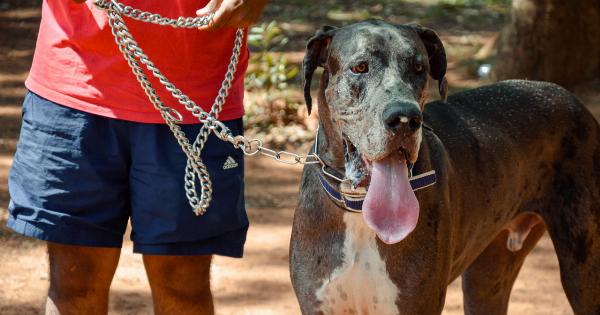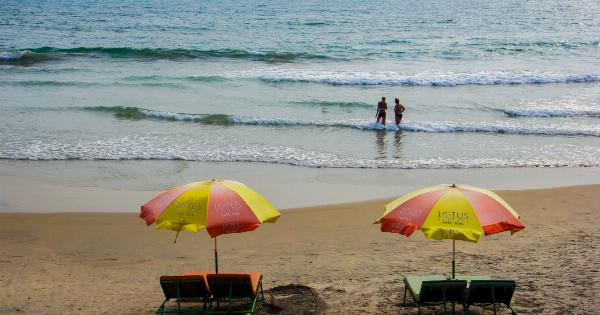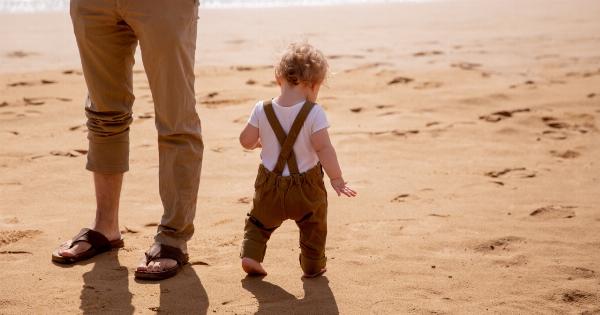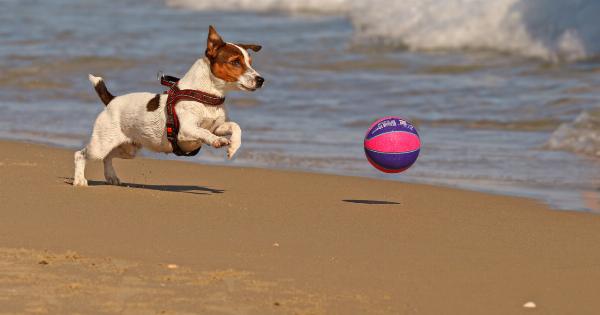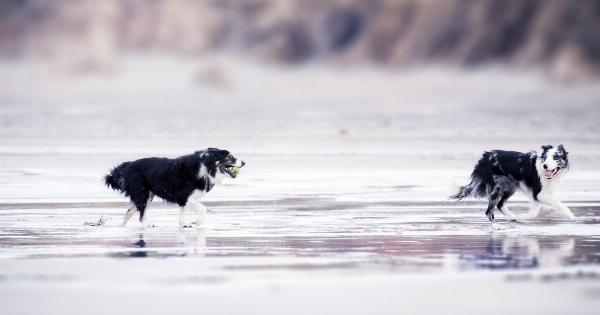As the summer months approach, many dog owners look forward to enjoying fun-filled days at the beach with their furry friends.
While the beach can be an exciting and refreshing destination for both pets and their owners, there are also potential dangers that every dog owner must be aware of to keep their beloved pets safe. This article will highlight some of the hazards that dogs may face when venturing into the ocean and provide essential tips for ensuring your dog’s well-being.
Dangerous Marine Life
One of the primary concerns when taking your dog to the ocean is the presence of dangerous marine life. Certain species of fish, jellyfish, and sea anemones can pose a threat to your dog’s health if they come into contact with them.
It’s essential to become familiar with the ocean’s natural inhabitants in your area by researching local marine species that may be harmful to dogs. This knowledge will enable you to identify and avoid areas where they are commonly found.
Rip Currents
Rip currents are powerful, narrow channels of fast-moving water that flow from the shore out into the ocean. They can be especially dangerous for dogs as they may easily become overwhelmed by the current’s strength.
To protect your dog from rip currents, always keep a watchful eye on them when near the water’s edge. If you notice your dog struggling or being carried away by a rip current, do not attempt to swim out to them.
Instead, call for professional help and try to direct your dog towards the shore by calling them or using any toys or treats that may grab their attention.
Heatstroke and Dehydration
The sun can be scorching during summer days, and it’s crucial to protect your dog from heatstroke and dehydration.
Dogs are more susceptible to overheating than humans as they have limited sweat glands and primarily regulate their body temperature by panting. To prevent heat-related illnesses, ensure your dog has access to fresh water at all times and provide shaded areas for them to rest. Avoid taking your dog to the beach during peak hours of the day when the sun’s intensity is at its highest.
Consider using dog-friendly sunscreen on exposed areas of your pup to protect them from harmful UV rays.
Saltwater Consumption
While a swim in the ocean can be refreshing, allowing your dog to consume saltwater can lead to numerous health issues. Saltwater ingestion can cause diarrhea, dehydration, and electrolyte imbalances.
If your dog drinks saltwater unintentionally during play or swimming, rinse their mouth with fresh water. Encourage them to drink clean, fresh water afterward to prevent further ingestion of saltwater in their system.
Leptospirosis
Leptospirosis is a bacterial infection that can be contracted by dogs who come into contact with contaminated water sources, such as rivers, lakes, or stagnant puddles.
While the ocean is generally less likely to contain this bacteria, some coastal areas can still have bodies of water that may be contaminated. It is recommended to consult with your veterinarian about local leptospirosis risks and consider vaccinating your dog against this potentially life-threatening disease.
Proper Supervision
One of the most crucial aspects of keeping your dog safe at the beach is providing proper supervision. Always keep a close eye on your dog’s behavior and body language while they are near the water.
Even dogs who are strong swimmers can face unexpected difficulties or tire quickly when playing in the ocean. Stay close enough to reach them promptly, especially if they are swimming in deep water. Being present and attentive is key to preventing accidents and ensuring your dog’s safety.
Safe Beach Etiquette
Aside from ocean-related dangers, it’s important to be mindful of beach etiquette to create a safe environment for everyone, including your dog.
Make sure your dog is well-behaved, follows basic commands, and respects other beachgoers and their pets. Keep your dog on a leash unless it’s an off-leash designated area. Clean up after your dog and dispose of waste properly to maintain the cleanliness of the beach and prevent the spread of bacteria or parasites.
Swimming Ability and Confidence
Not all dogs are natural swimmers, and it’s crucial to gauge their swimming ability and confidence before allowing them to venture into deeper water. Some breeds may have physical traits that make swimming difficult or even dangerous.
Additionally, individual dogs may feel anxious or fearful about swimming. Introduce your dog to water gradually, providing them with positive reinforcement and encouragement.
Use a well-fitting doggie life vest to enhance their safety and buoyancy, particularly if they are not strong swimmers or are new to swimming in the ocean.
Keep an Eye on Wildlife
While it can be fascinating to observe wildlife at the beach, it’s important to keep your dog at a safe distance from any animals you encounter.
Many ocean creatures, such as seals or nesting sea birds, may be protected by local laws, and it is illegal to disturb or harass them. In addition, some animals may react aggressively if they feel threatened or if their offspring are nearby. Always keep your dog leashed and under control to avoid any unwanted confrontations.
Guidelines for Beach Activities
Engaging in various beach activities can be a memorable experience for you and your dog. However, it’s essential to ensure that these activities are safe for your furry friend.
For instance, throwing sticks or balls into the water can be an enjoyable game, but be cautious about the size and type of objects you provide. Avoid using sharp or pointed objects that could cause injury. Additionally, be mindful of your dog’s energy levels and physical abilities.
Overexertion can lead to exhaustion, so take breaks, provide rest periods, and monitor your dog’s overall well-being.
